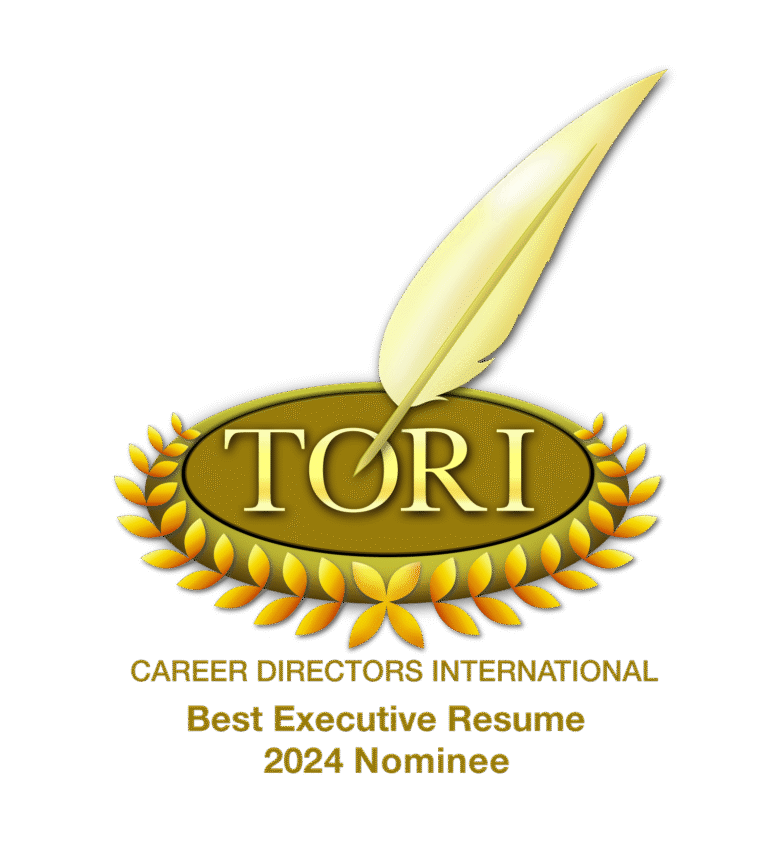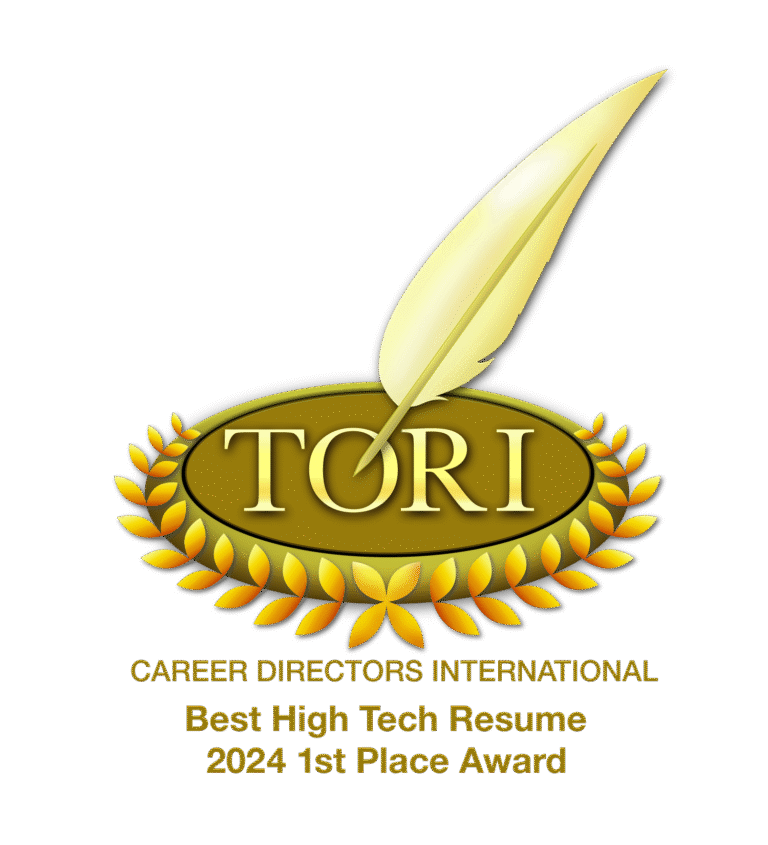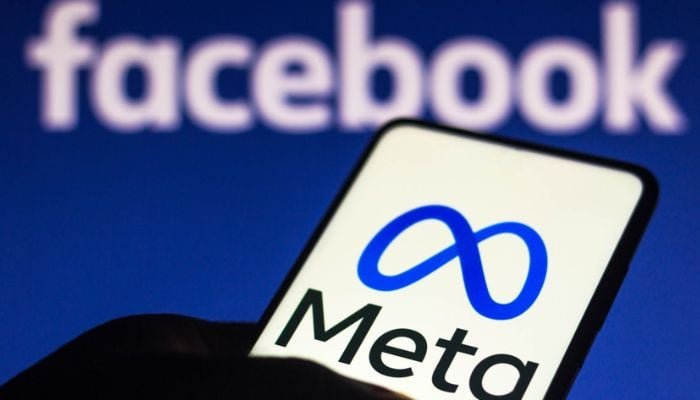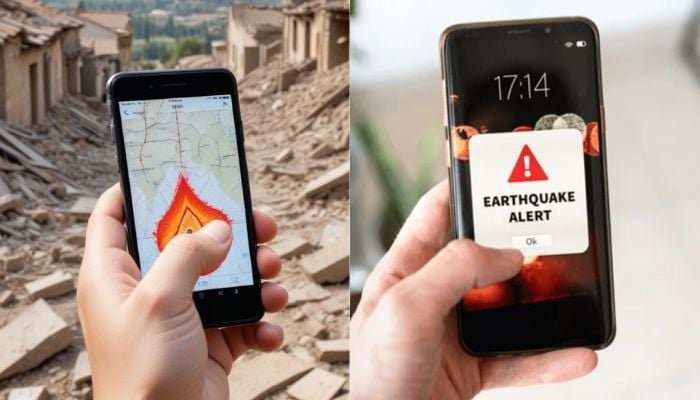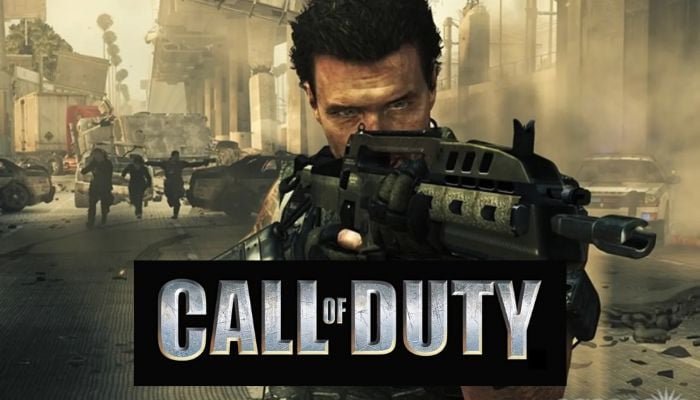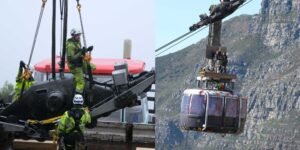In a competitive executive job market, what you do after the interview can be as influential as how you performed during it. Following up is not merely a matter of etiquette; it’s a strategic opportunity to reinforce your value proposition, demonstrate executive poise, and shape perceptions about your leadership style.
Start the Follow-Up Strategy Before You Leave the Room
Your follow-up plan starts during the interview. Toward the end of your meeting, ask two key questions:
- What are the next steps in the selection process?
- Is there a preferred method and timeframe for reconnecting if I haven’t received a response?
This approach not only establishes expectations but subtly indicates your organizational discipline and respect for processes, which are both valued executive traits.
What If You Didn’t Clarify Next Steps?
Even seasoned leaders occasionally forgo the opportunity to inquire about follow-up protocol. In such cases, wait a few days. As a general rule, wait 3 to 5 days before reaching out. Premature follow-up can inadvertently signal impatience or a lack of situational awareness.
The High-Touch Email
When it’s time to reconnect, a brief and personalized email is ideal. It should convey appreciation, reinforce interest, and tactfully invite a status update. Try something like this:
Subject: Following Up on [Job Title] Role
Thank you again for the opportunity to speak with you on [Date] regarding the [Job Title] position. I remain enthusiastic about the role and the impact I could make at [Company]. Please let me know if there’s any additional information I can provide as you move forward in the decision-making process. I look forward to staying in touch.
If Silence Persists
If a week passes without a response, a phone call may be the next best option. Be brief, gracious, and professional. Remind the interviewer of your conversation, express your continued interest, and ask if they need anything further from you. This not only demonstrates follow-through but also reinforces executive-level communication skills. If a voicemail is necessary, aim for clarity and brevity—mention your name, the role, the date of the interview, and your reason for calling. Always leave your contact information.
Navigating Delays with Finesse
Hiring delays, even for C-suite roles, are not uncommon. Business priorities shift, decision-makers become unavailable, or other candidates are still in process. Following up every few days is unnecessary and risks undermining your judgment. Instead, wait another 10–14 days after your initial outreach before sending a final check-in. If you’ve reached out three times without a response, it’s often best to pivot. Stay gracious, keep the door open for future opportunities, and redirect your focus to other high-potential prospects.
Activate Your Network
Executives often have the advantage of a deep and well-placed network. If you’re getting radio silence from a company post-interview, consider discreetly checking in with internal contacts, board members, or shared connections. They may have insights into organizational timelines, leadership changes, or other factors that affect hiring. Additionally, if you’ve provided references, a quick check-in with them can be illuminating. Some companies initiate reference checks before making a final offer and may engage your network without your direct knowledge or consent.
Maintain Forward Momentum
Even if this opportunity seems ideal, avoid placing your job search on pause. Continue pursuing other roles and nurturing your network. Keeping your momentum not only enhances your odds but also preserves your executive confidence and ensures you’re evaluating all your options strategically.
Following up after an executive interview isn’t about chasing a response. It’s about managing your candidacy like a business initiative: with intentionality, discipline, and professionalism. Thoughtful follow-up reflects your leadership approach and can help you stand out in a crowded field.






